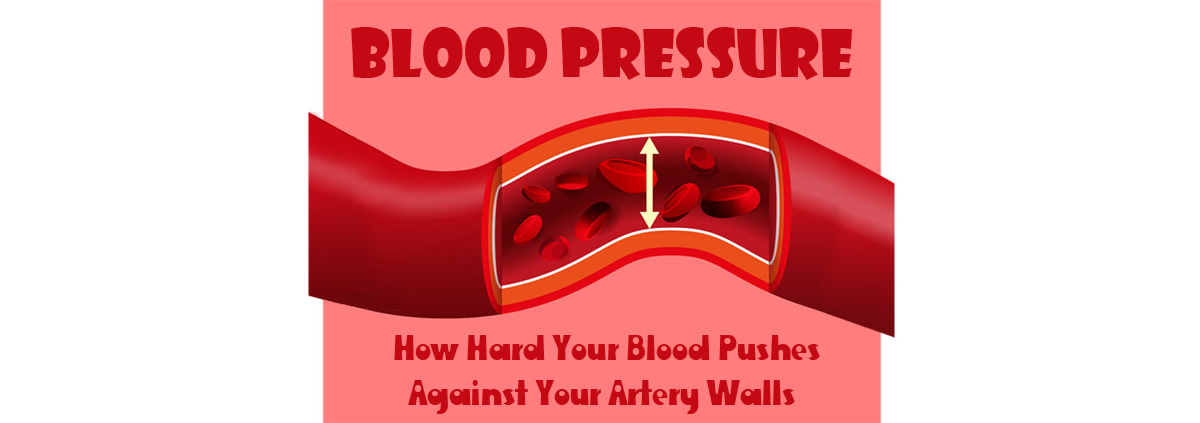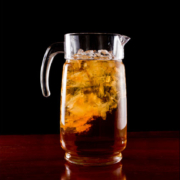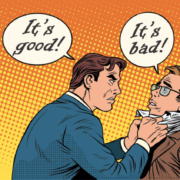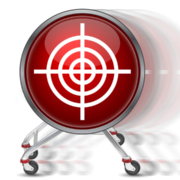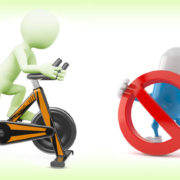Guidelines for Lowering Your Blood Pressure
When guidelines for any condition are changed, especially one as common as high blood pressure (HBP), it raises several questions. One question would be: is this is just a way for the medical and pharmaceutical businesses to promote and sell more drugs? Another would be: will this throw more people into the pre-existing condition category and thus hinder their ability to get health insurance? I can’t answer those questions, but I can condense the American Heart Association’s 481-page guidelines to a few points.
Environmental Causes of HBP
The nice thing, if you can call it that, is that most of the causes of HBP, also known as hypertension, are environmental; they’re caused by the way we interact with our environment in a personal way. I’ve listed the causes in the order presented in the AHA’s guidelines; they’re not ranked by significance.
- Being overweight or obese contributes to HBP. Going back to the insurance actuarial tables, there is a distinct relationship between excess body fat and HBP. This observation has been confirmed in several large epidemiological studies over the years. If you carry extra body weight, your risk for HBP is higher.
- Excess sodium intake is associated with HBP. The reasons can vary, but let’s look at it this way. Cells must be in a specific ionic balance to function properly. If one ion, sodium, is increased, the body must retain more fluid to keep the ionic balance. When fluid levels go up, there’s an increase in the force exerted against the inside of the arteries to handle the extra fluid. Hence, blood pressure goes up.
- One that may surprise you is that a decreased potassium level is also associated with HBP. As a nation, we are potassium poor because we don’t consume the necessary plant material in the form of vegetables and fruit. Potassium is also an ion involved in many strategic chemical reactions. Because we take in much more sodium than potassium, the balance is thrown off and BP increases.
- Fitness level directly affects the cardiovascular system; when fitness declines, everything from the heart’s ability to contract to the number of small blood vessels is modified in a negative way. That can increase BP.
- Finally, excess alcohol intake is related to an increase in BP. While a little alcohol may be beneficial to help reduce stress levels, too much can increase BP.
Let’s take a look at the treatment recommendations for Elevated and Stage 1 Hypertension.
Treatment Recommendations
The initial recommendations for Elevated BP and HBP Stage 1 are lifestyle recommendations. The goal in both cases is to see how the person responds to lifestyle changes first before any medications are recommended.
There is one exception: if the person’s 10-year risk for a heart attack and stroke is greater than 10%, the recommendation is lifestyle plus medication. You can take this assessment at the link in the second reference to determine your risk. However, most physicians will give you three to six months to change your lifestyle, and then reassess whether you need the medication at all.
The important point is that it’s lifestyle change that’s recommended first, not medications. So how are you going to reduce your risk?
Lifestyle Modifications to Lower BP
- Lose weight. There’s no single correct way to do that. Use the DASH Diet or go low fat, follow the USDA MyPlate plan or go ketogenic, use the AHA guidelines or go low carb. Whatever you can do to lose weight and keep it off, do it. For every kilo (2.2 pounds) you lose, you can expect BP to decrease by 1 mmHg, both systolic and diastolic (top and bottom numbers).
- Eat healthier by following the DASH Diet. It focuses on vegetables, healthier fats, more fruit, nuts, fish, and whole grains. You can expect to decrease BP from 3 to 11 mmHG.
- Reduce sodium intake to 1,500 mg per day. If that’s too difficult, shoot for a reduction of 1,000 mg per day from your current intake. Expect to reduce BP between 2 and 6 mmHg.
- Increase potassium intake by eating more foods containing potassium—and the best source is most vegetables. It’s more than just eating bananas! Expect to reduce BP by 2 to 5 mmHg.
- Exercise regularly and that means 4 to 5 days per week. Aerobic gets the biggest results, but weight training and even isometric exercise will reduce BP between 4 and 8 mmHg. Fun activities like dancing, tennis, and playing with the grandkids count as exercise if you keep moving and increase your heart rate.
- Reduce excess alcohol intake. Men should have no more than two drinks per day while women should have no more than one. Expect to reduce BP 3 to 4 mmHg.
Any one of these lifestyle changes doesn’t seem too hard, but you’ll get the best results by combining a few changes. As always, I’d advise a stepwise approach: change one thing, and a week or two later change another one. If you do that and stick with it, you can reduce your BP by 10 to 15 mmHg and that will get you into the desirable range—no medication necessary.
The Bottom Line
I think the new guidelines for diagnosing and treating BP are spot on. The emphasis is on lifestyle first and foremost, so these guidelines have put the ball squarely in your hands. Take the ball and run: change your lifestyle, for good. The real benefits will be how much better you’ll feel and the knowledge that you’ve reduced your risk of heart disease and stroke considerably.
What are you prepared to do today?
Dr. Chet
References:
1. Hypertension. 2017;00:e000-e000.
2. http://www.cvriskcalculator.com.

